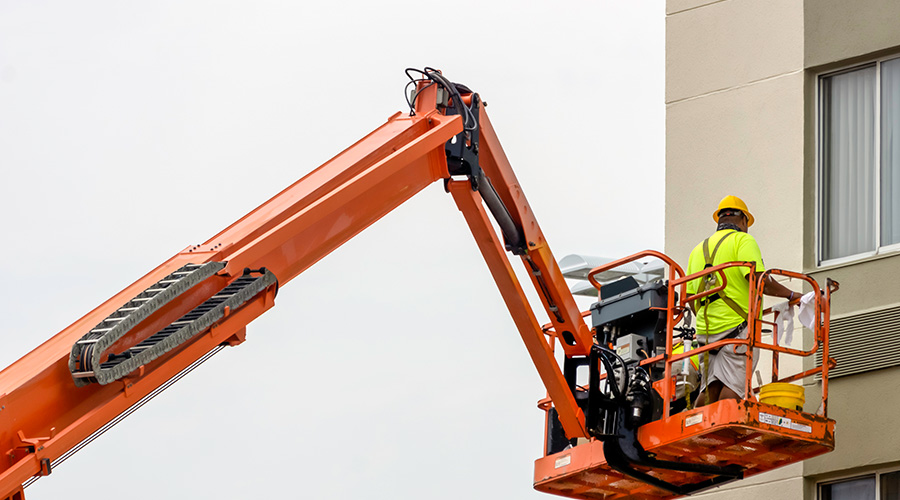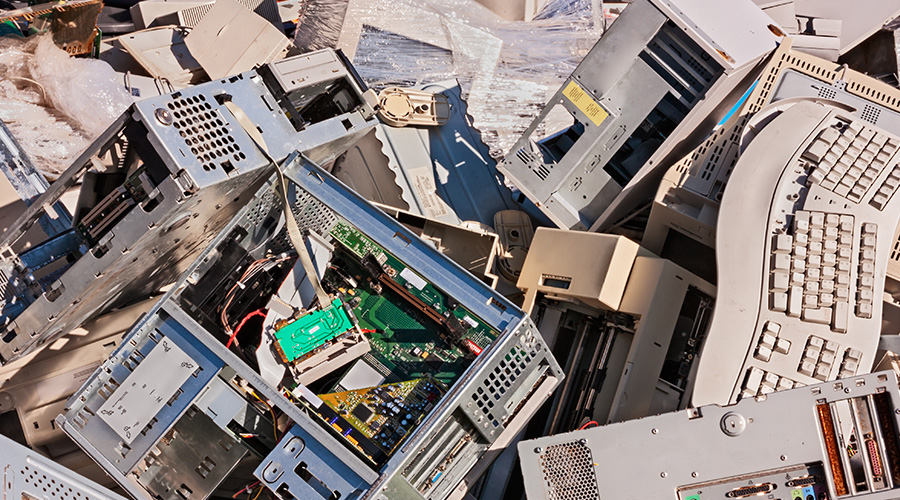Waste Management: Tips for Recycling, Reuse During Renovation Projects
Recycling disposable consumer products, such as paper and plastic bottles, is a common practice in many facilities. But too frequently, waste-diversion efforts do not extend to the large amount of construction and demolition material generated through renovation projects.
By diverting this waste from landfills through recycling or reuse, managers can reduce the environmental impact of a project and save on expenses through reduced disposal fees.
To properly manage waste during a repair project, managers first must establish a plan. First, identify the types and quantities of waste the project will produce, which could include original building materials, packaging from new materials, and waste from site work. Then, identify materials that are candidates for reuse and candidates for recycling, as well as locally available recycling facilities.
Mainstream municipal recycling programs might be suitable for handling certain materials, and specialized facilities are available for others. Working with contractors experienced in waste diversion, contacting waste haulers about recycling options, and researching local networks for building-material reuse often can reveal more resources for sustainable use of construction and demolition waste than one might expect. Recyclers make it possible for contractors in certain areas to obtain diversion rates of more than 80 percent, according to the EPA.
Once the project team has identified materials to recycle or reuse and the destination of these materials — a specific recycling facility, a redistribution center for salvaged materials — managers must establish handling procedures.
The waste-management plan also should address the logistics of properly preparing the materials for recycling or reuse. Construction and demolition materials often are bulky or heavy, so demolition also might include additional material sorting. Managers also must make arrangements for properly separating, storing and transporting materials.
Outlining goals, such as those related to IAQ and waste diversion, help ensure managers can reduce the environmental impact of renovation and construction projects.
Laura M. Cavanaugh is an engineer at Facility Engineering Associates in Fairfax, Va., specializing in optimizing building performance through restoration and sustainability initiatives.
Related Topics:














